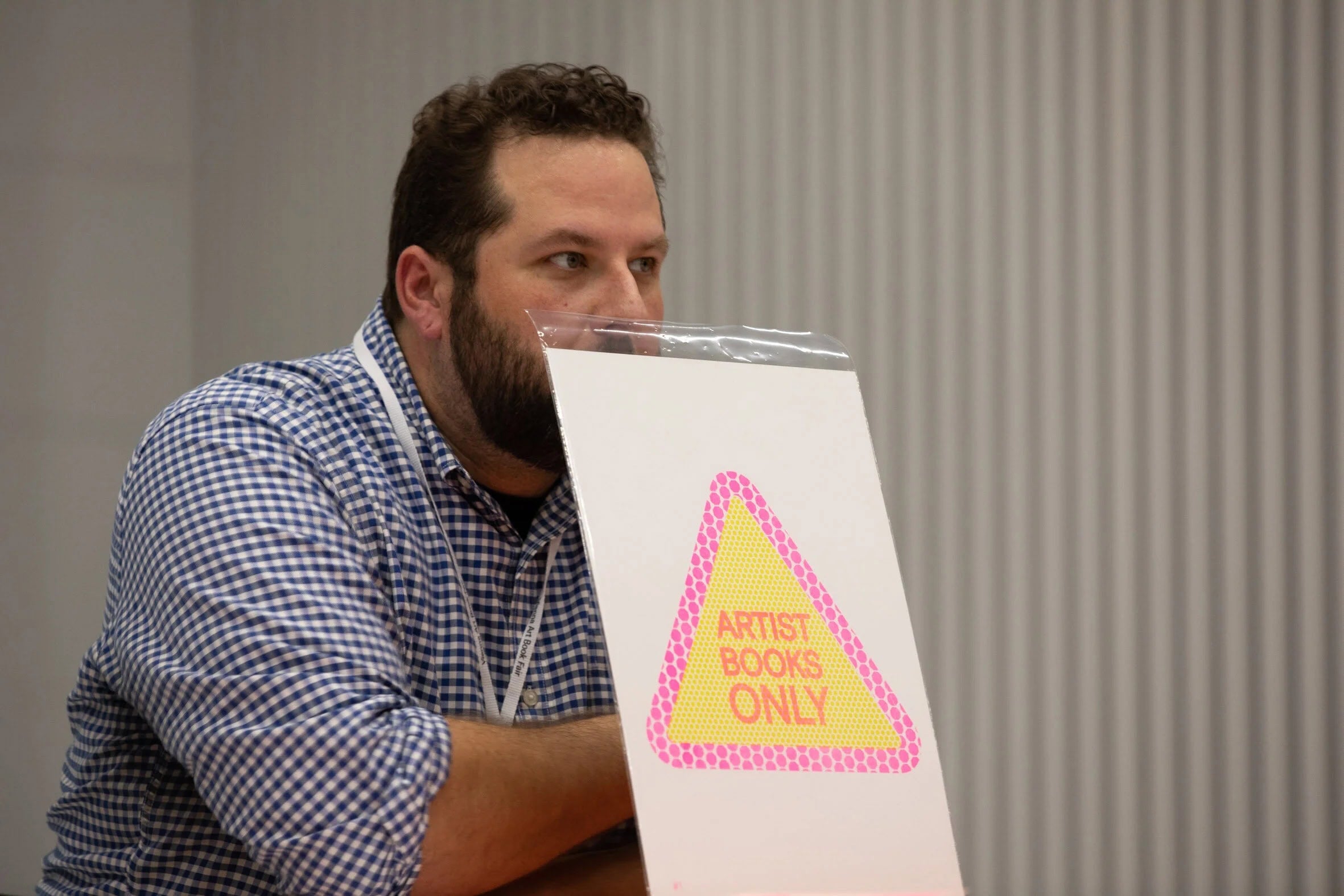
Burnaway Magazine
In a special week-long editorial series on zines in anticipation of Burnaway's Book//Zine fair, Florida-based artist Paul Shortt speaks to the art of tabling a zine fair.
Read More

In a special week-long editorial series on zines in anticipation of Burnaway's Book//Zine fair, Florida-based artist Paul Shortt speaks to the art of tabling a zine fair.
Read More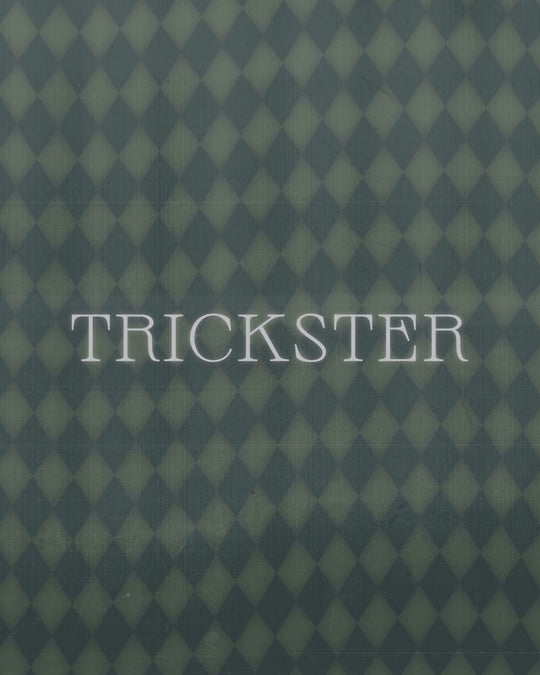
The Trickster bends, and at times, breaks the truth. A crosser of boundaries, they are devoted to mischief. Eschewing stagnation, purity, or the binary, the trickster is always on the move. Never good or evil, they are paradoxically both: a thief, a liar, a politician, a scammer, an opportunist, a Confidence Man, a storyteller, an artist, a disruptor. In the American South, the Caribbean, and around the world, the Trickster may be known as Anansi, or Compère Lapin/B’Rabby/Br’er Rabbit, but the mentality also might extend to trompe l’oeil, appropriation, the artist’s joke, NFTs, or inflated art valuations. Whether stealing on behalf of the underserved, or peddling fraudulent cure-alls for personal gain, the Trickster survives. This creator and destroyer offers strategies in a time of upheaval. According to cultural critic Lewis Hyde, “Trickster the culture hero is always present: [their] seemingly asocial actions continue to keep our world lively and give it the flexibility to endure.”
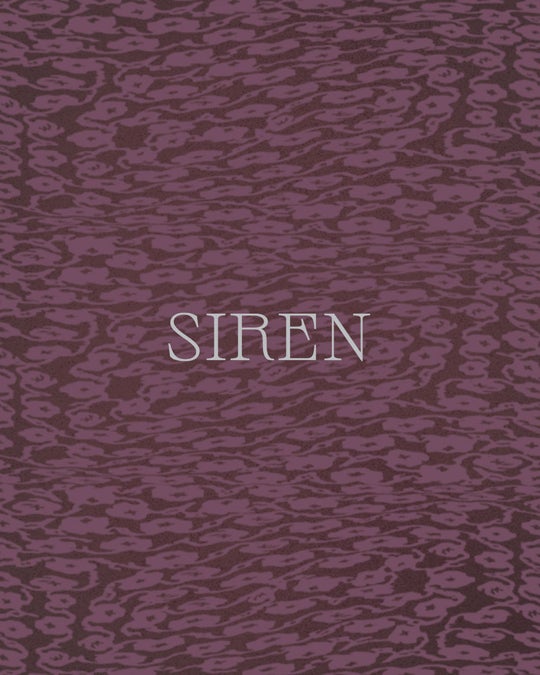
Siren sings a song you hear with more than your ears. Its echo rises from within, appealing to a deep sense of longing. They may appear as a solitary seductress, weaponizing femininity as a lure, but it is in the company of sisters, a chorus, treachery awaits. Siren is not simply a temptress; they are terrifying beauty, dangerous desire, the sublime. Whether it’s La Diablesse provoking greedy lust, Mami Wata revealing spiritual truths, or The Charleston Mermaid exciting community change, the Siren’s call is a catalyst. Connected to water and ever-shifting tides, the Siren presides over bodies in flux:, queer folx, revolutionaries, refugees. In modern mythology, the siren may pull from influencer culture, physical adornment, work reflecting on storms or water, uncompromising sexuality, sound art, movement, movements, and femme fatale. Flashing lights. The chime of good fortune. The howl of a warning. The moan that something bad has already happened, will happen, is happening.
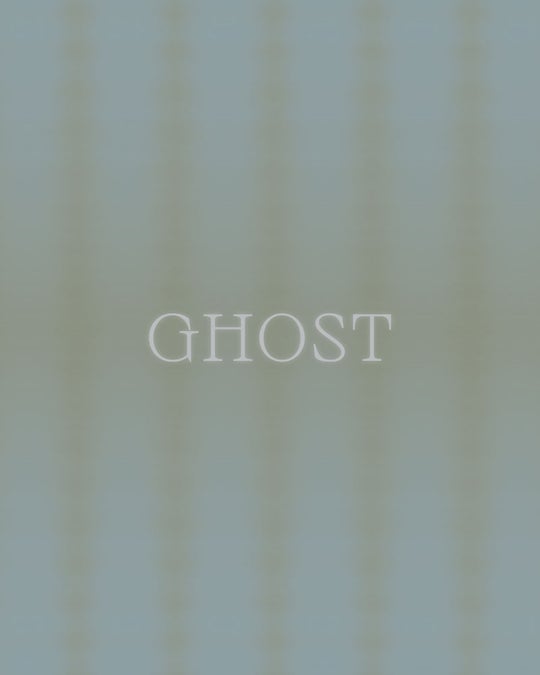
Ghost is a restless spirit that lingers after death. Or, it is an after image, one that remains when the act of creation is complete. Found across apparitions, oral histories, the Ghost encapsulates fear in the form of the Duppy, Zombi, Bacoo, Crying Woman, or the many heritage sites filled with slave history. It’s the grief carried on the shoulders of those individuals. It’s the haint blue that casts a protective glow from porch ceilings, a tradition of the Gullah Geechee that sought the color to ward off hauntings by mimicking the sky. It’s unfinished business, the monster house of generational purgatories, Toni Morrison’s Beloved where 124 was spiteful. It might also be the underpainting of a canvas or a recurrence from the annals of art history. Ghost recalls erased labor and histories, digital afterlives, “ghosting” and ghostwriting, ephemerality, shadow-banning, and censorship.
I think we all manufacture intimacy all the time. It’s like going on a date—we’re going to a restaurant, we are wearing special outfits, we’re rising to the occasion to make it work.
”E.C. Flamming interviews Atlanta-based artist Andrew Lyman as part of Burnaway's theme series CRUSH, where they discuss intimacy, his entry point into photography, and crushing on your friend group.
Read More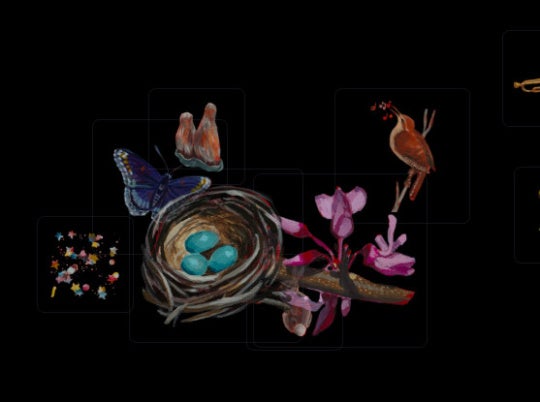
To close out the 2025 Mood Ring cycle, Annie Blazejack and Geddes Levenson present Carolina Potions, an interactive potion recipe game that pulls together hand-painted ingredients from the South as an ode to Durham, North Carolina.
In a special week-long editorial series on zines in anticipation of Burnaway's Book//Zine fair, Madeline Benfield interviews Lindsey Reynolds—the Art Librarian and Director of Graduate Studies at the University of Georgia’s Lamar Dodd School of Art, Athens.
Justin Chance reviews the ties to dandyism in the South and Caribbean as seen in Superfine: Tailoring Black Style at The Metropolitan Museum of Art, New York.
Noah Reyes speaks with Alabama-based artist and musician Holland Hopson on working with variation and multiples, the visual collection of databases, and how the world is quantified.